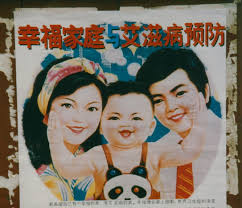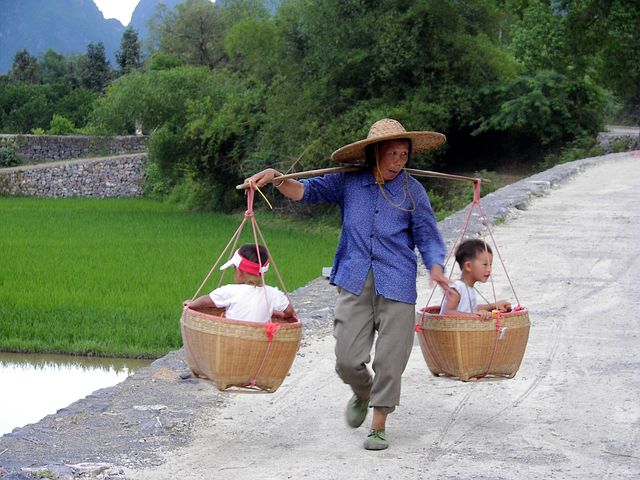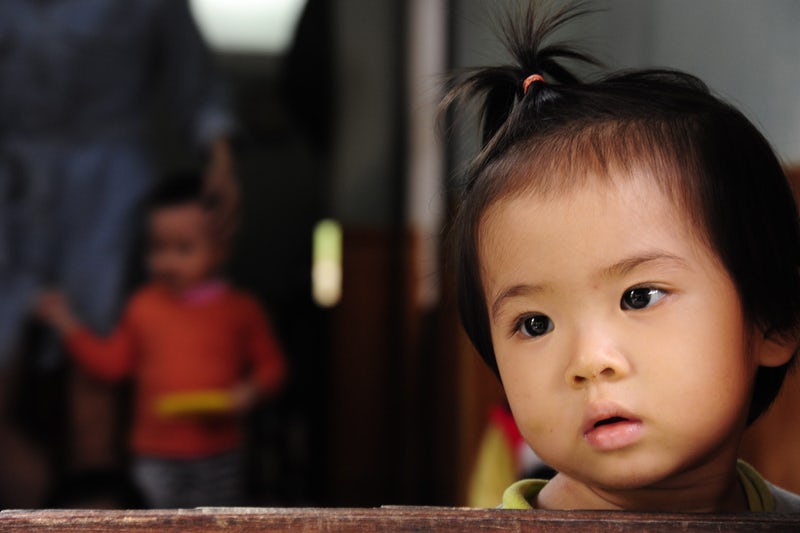The Chinese government has released figures for births in 2016, the first full year since the end of the country’s one child policy. The 18m number is 7.9% above the number in 2015. According to a senior Chinese official, “the family planning policy adjustments were extremely timely and extremely effective”.

The one child policy (OCP) was introduced in 1979 in an attempt to alleviate poverty and reduce environmental degradation. Over its course, China’s fertility rate fell from 2.8 to 1.7, although it has been noted that a similar fall occurred in other countries which did not employ compulsion. The Chinese government claims 400 million births were avoided. China’s current population is 1.35bn.
The OCP was subject to numerous exemptions and couples were permitted to have second children with permission from the authorities. However, where enforced, couples could be fined or lose state benefits for having additional children, while forced implantation of contraceptive devices and abortions were widely reported. The policy is also believed to have led to infanticide of female children and potentially tens of millions of abortions of female foetuses.
The OCP was officially ended on 1 January 2016. China’s government reversed it due to concerns that there would be too few economically active people of working age to support a high proportion of elderly people. Initially, it had claimed that policy shift would lead to 3m more births per year but these expectations have now been revised downwards. According to government surveys, 75% of Chinese couples do not want to have more than one child for economic reasons.
More children: more old people
The widely held view that an elderly population requires more working-age people is only a short-term solution to the problem.
More babies today means more elderly people in due course.
Unlike babies and children – who are entirely dependent – retired people are able to contribute to the economy through activities such as child care for working-age parents.

Other countries are adopting more sustainable approaches to an increased proportion of elderly people.
Japan which has over 25% of its population over 65 and is said to be ‘the oldest society on Earth’ is not predicting such dire consequences, but rather embracing the challenges through pioneering long-term health insurance programmes, community initiatives & technological innovation – all of which generate economic activity, as well as offering intellectual capital & products for export to other countries.

